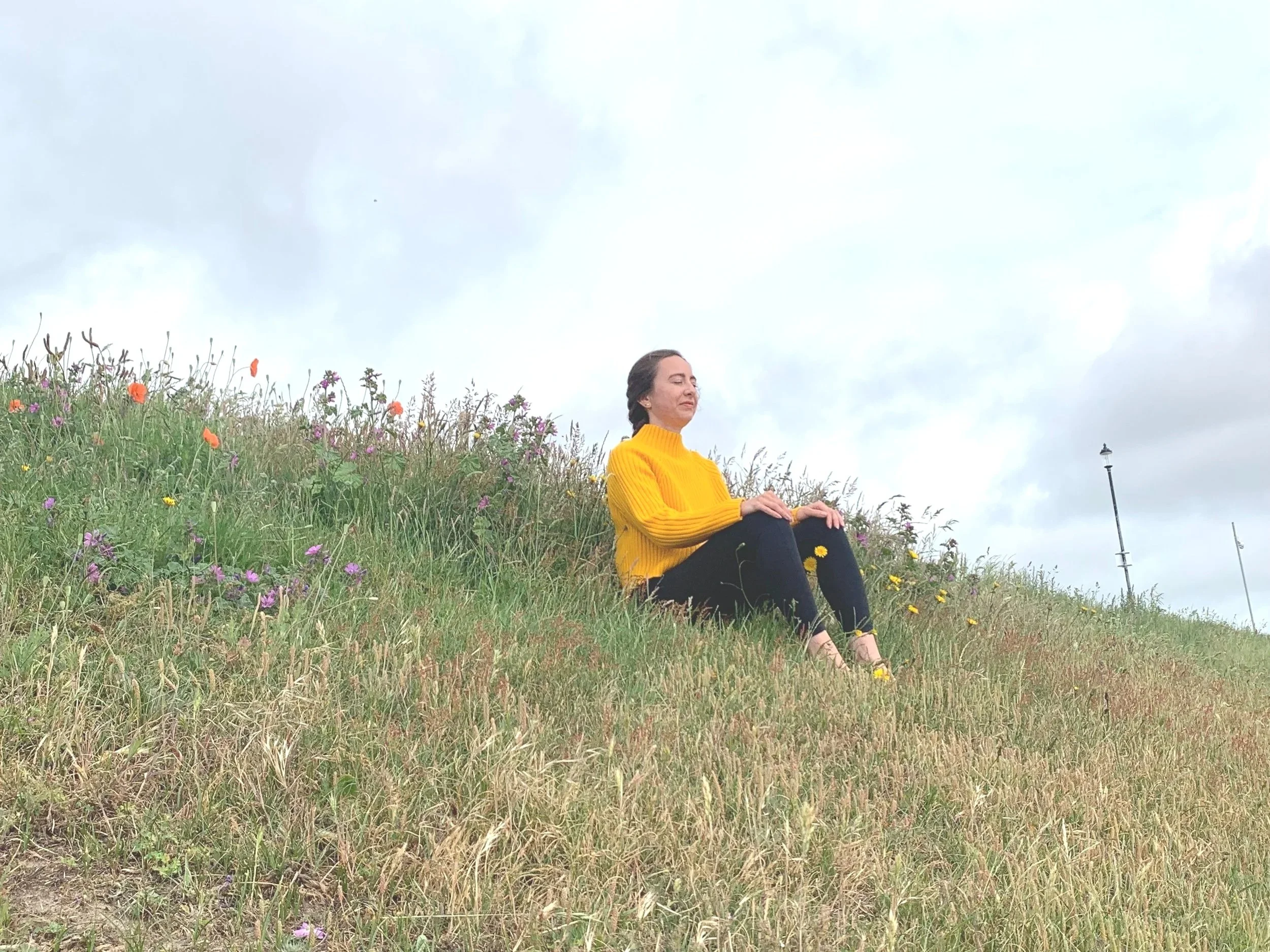
About.
Hi, I’m Emma.
At the turn of the millennium, I asked for a yoga set for Christmas. Not because I thought the world would end (how scary was that theory!?) and wanted to chill out in my final days but because I’d learnt it at an exercise group. Me and my friend, aged 13, had joined a local gym frequented by women in their late sixties (I think it was the only gym we could afford and get to without our own transport) and found ourselves in downward dog amidst chatter of pelvic floors (they were ‘too far gone’, not that we knew what that meant at the time). Instantly I’d loved the movements and the breathing and the mindful relaxation, despite the possibly self taught teacher who made up for the lacking 200 hour qualification with enthusiasm. It became part of my routine and continues to be a valuable tool for my fitness and wellbeing, 25 years later.
So when I was having trouble sleeping and my poor (now uneven) teeth had ground through several gum guards during university I was open to trying something different to get a good night’s sleep. The medication and hospital procedure hadn’t worked, and it made be feel dull and groggy. Soon after graduating I found a beginner’s guide to meditation in a second-hand book shop. I dipped my toe in and was amazed at the benefits I felt. That was 18 years ago. But it was only 3 years ago that meditation became part of my everyday routine (even while camping and sitting to practice next to a snoring child and a bowl of last night’s washing up – headphones are a non negotiable on the packing list). I began exploring more about this fascinating practice that had helped me feel healthier, happier, lighter, brighter and a more content and calmer parent. I decided 2025 would be the year I’d take my meditation journey further, and train with the British School of Meditation to become a qualified Meditation Teacher.
Meditation has a rich history and people practicing it have experienced benefits to their health and wellbeing since ancient times. But as well as anecdotal sources of information about the effects of mindfulness and meditation we now have solid scientific evidence and research that demonstrates its significance. There are so many types of meditation and so many ways we can embed it into our daily lives. If reading this has piqued your interest (or made you wonder how it’s possible to meditate when you struggle to get from the kitchen to the bathroom without a small person throwing a million questions, toys or requests for food at you), head over to my journal and the ‘why meditate?’ page. Because you can actually meditate with a small (and not so small) child on your lap - I’ve done it and lived to (quite calmly) tell the tale.
Embracing a mindful life every day is a choice, and not an easy one. It takes effort and time and often means building a new routine; saying no to things that don’t add value to your life and saying yes to your practice. But it is a simple choice; there has never been a day where I’ve regretted sitting to meditate. There has never been a day I’ve stopped to appreciate the beauty of a sunrise and not felt better for it. When we live in the moment and accept it for what it is, we feel more connected, more alive, more human.
When something has been transformative for us, we want to pass it on to others (I guess that’s why my 8 year old gleefully showed me and anyone else in the vicinity his new talent for armpit trumps), and this is why I’ve trained to become a meditation teacher and set up Watch the Sunrise. I’m passionate about sharing these centuries old techniques that are truly accessible to all and that can improve our health and happiness. Who wouldn’t want to learn a technique that can alleviate some of the tension in a family camping trip?!
I hope to see you at a class (or maybe watching the sunrise on Gorleston beach…) sometime soon.
Emma x



